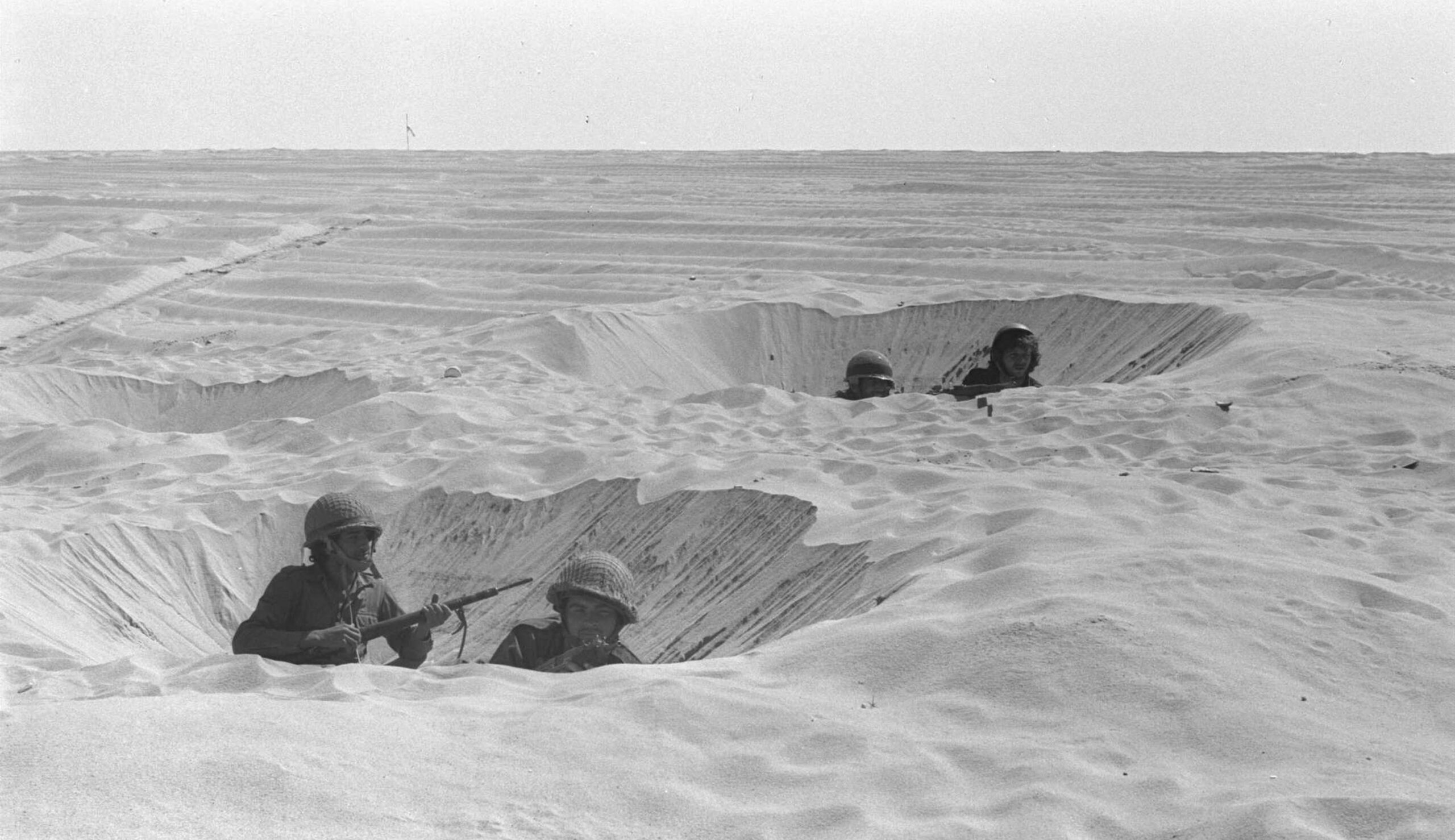In recent years, art museums have grown increasing concerned with a variety of questions that might be characterized as “woke.” Are the works of artists of different races and ethnicities displayed in galleries? Are black as well as white subjects represented in paintings? Museums have taken such steps in response as making sure to mention the role of the Netherlands in the trans-Atlantic slave trade in an exhibit on 17th-century Dutch paintings. Yet, observes Menachem Wecker, none of these sensitivities seem to apply to Jews. Thus works by Philip Guston are censored or guarded by trigger warnings, while no mention is made of the fact that Guston was Jewish, or that he might have been responding to anti-Semitism with his work.
Wecker produces numerous examples of museums downplaying anti-Semitic portrayals of Jews in artworks, while often failing to identify such artists as Chaim Soutine as Jews—even when Jewish themes figure prominently in their art. Nor do Catholics fare much better, with anti-Catholic pieces like the now-notorious 1987 Piss Christ receiving ample contextualization intended to downplay controversy, whereas “when there’s no controversy, museums insert controversy.” (Video, 59 minutes.)
Read more at Catholic Theological Union
More about: Anti-Semitism, Art history, Catholicism, Jewish art, Museums


